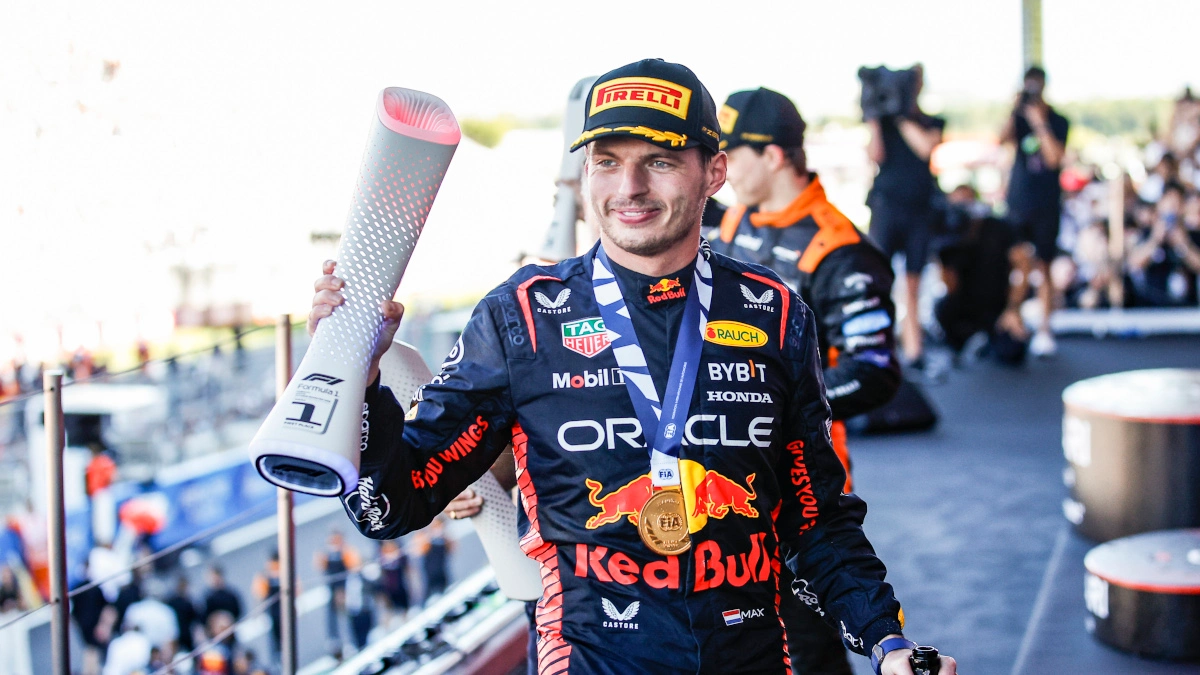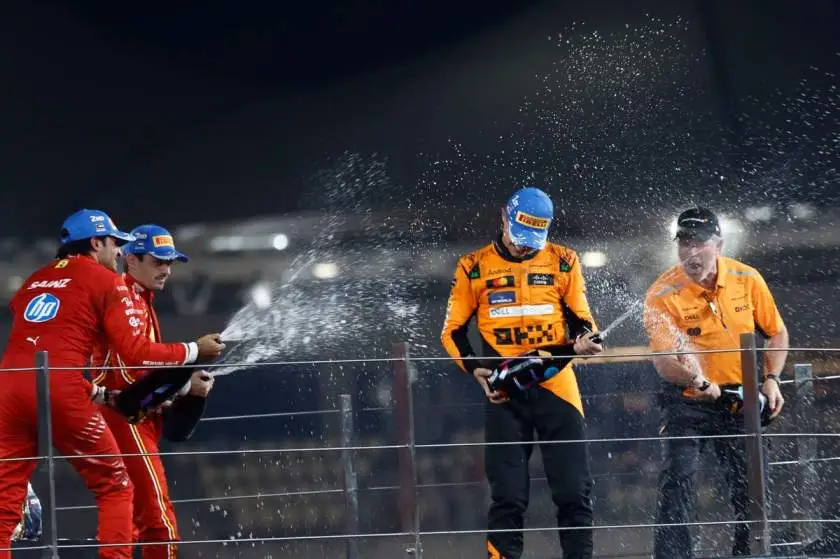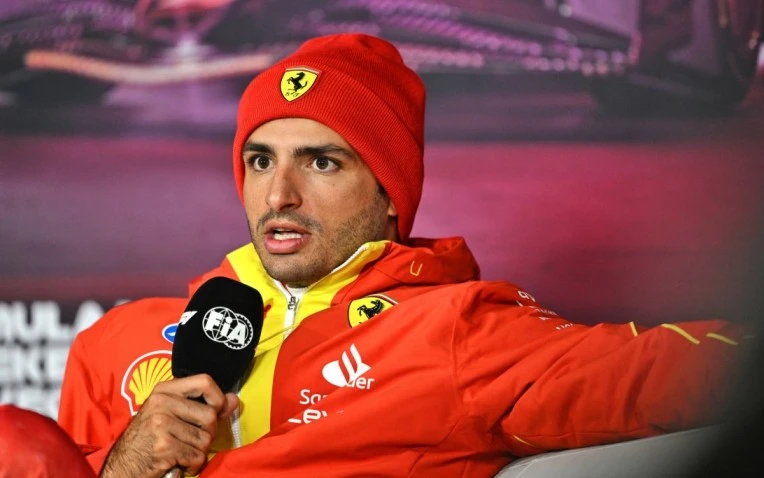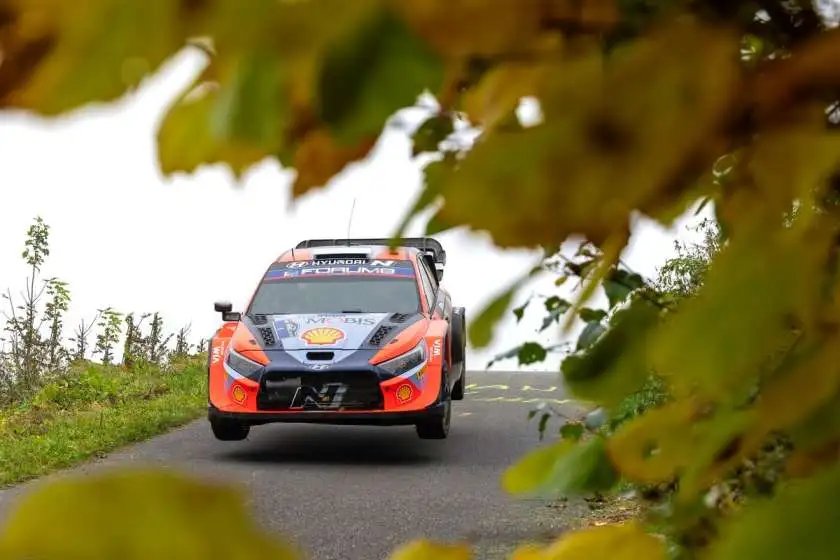Video from the last two circuits of last Sunday's turbulent finish in Richmond and telemetry verified Dillon's deliberate wrecking-ball approach to triumph.
Following several days of thought and investigation, NASCAR decided on a precedent-setting penalty for Austin Dillon for the provocative actions resulting in his Richmond victory. Though his automatic playoff seat has been taken away, Dillon gets to retain the trophy, money, and everything else. Furthermore docked 25 points are both Dillon and the Richard Childress Racing team. Deeply scrutinizing data, film, and rules allowed NASCAR to reach a significant conclusion based on one that, in some respects, lies at the existential center of the Cup series options to be a "racing series or a wrecking series". Data demonstrating not just Dillon's behavior but also his intention.
Following the Sunday race conclusion, a lot of video footage and comments surfaced; but, NASCAR needed to view the SportsMedia Technology (SMT) data stream to really know what happened. Along with a few other factors, SMT data is an array of telemetry gathered from the vehicles displaying information including steering angle and throttle %. It was supplied with me by a source; it is not public but rather available internally to NASCAR rivals. This means we can examine the same data NASCAR officials saw for Dillon's last two laps, including that crash-packed closing sprint to the finish line.
Dillon's lap 407 is depicted in orange in the SMT film; the last lap of the race, lap 408, is shown in blue. Dillon wound up in the center of the track on the last lap, however you can immediately tell he followed the bottom of the circuit on lap 407.

This first picture shows the instant of impact when Dillon strikes Joey Logano and sends him spinning. Along with using more throttle at 21% than on the ghost picture of his last lap at 11%, Dillon is higher up on track instantly. This suggests that rather than really trying to make the bend, Dillon was probably more preoccupied about driving into Logano's vehicle. Had he missed Logano, his momentum would have probably propelled him up the track and caused him to fail to make the turn.
Crew chiefs Todd Gordon and Travis Peterson examine these movements in the video above using overhead film to demonstrate the yaw angle differential between the two cars and precisely where Dillon was headed up the track when Logano was trying to make the curve.
Denny Hamlin is positioned at the bottom of the track immediately behind the two cars when Dillon sends Logano whirling into the wall, trying to beat him to the finish. While Dillon, now in the center of the track, seeks the shortest way to the finish line, Hamlin continues the same basic line that he utilized on the previous lap.
Eventually Hamlin drops even lower, perhaps in an effort to avoid running into Dillon and search for a way to reach the finish line faster. Trying to regain some of the speed he lost in collision with Logano, Dillon is on the throttle.
The pivotal event in the SMT data comes immediately before when Dillon strikes Hamlin's right rear. Looking at the steering traces, we can see that while in the previous lap in the same spot he had it rotated 3.7 degrees to the right, Dillon had his steering wheel turned 33.9 degrees to the left. This means he had turned his steering wheel in Hamlin's direction. As he points his vehicle at Hamlin's, the throttle sensor data also indicates that it is pulled wide open.

Although SMT data is quite consistent, NASCAR authorities looked at other camera perspectives as it cannot be relied upon as a single source. The Gordon and Peterson footage had one of those perspectives, providing a look near the front end of Dillon and Hamlin as they clashed. From that image, we learn Hamlin had some oversteer that caused the back of his vehicle to slip up the track—but the more crucial information is seen via the glass of Dillon's No. 3 car. You can see his white hands twisting the wheel left just before the incident, thereby verifying the steering data from SMT and so demonstrating that Dillon turned left into Hamlin's No. 11 vehicle. You may also read this: Chastain Wants another Crack At Nascar Street Race
To have more points of correlation—which would have taken time to evaluate— NASCAR most certainly looked at other data sources, including the car's accident recorder. Having the facts at hand, NASCAR then looked to the rule book to decide the appropriate fine for Dillon's behavior. Starting with sections B and D under rule 4.4, they might subtract points depending on the NASCAR code of conduct and a competitor acting negatively for stock car racing.
NASCAR also enforced rule 10.1A, which addresses the mechanism for ruling on actions detrimental to stock car racing—as well as rule 12.3.2.1B, which lists one of the eligibility requirements for playoffs, and states that "Race finishes must be unencumbered by violation(s) of the NASCAR Rules or other action(s) detrimental to stock car auto racing or NASCAR as determined in the sole discretion of NASCAR."
Although NASCAR does not have a particular method in the rulebook to deprive a driver of a win in a scenario like this, these playoff eligibility regulations can them withdraw Dillon's playoff berth for past specified offenses. While NASCAR usually lets drivers police themselves when it comes to in-race interactions, Sunday's events required the series to set a precedent for future events by strictly separating what's acceptable from what's not when it comes to handling rivals like bumper cars in the battle for a win.




